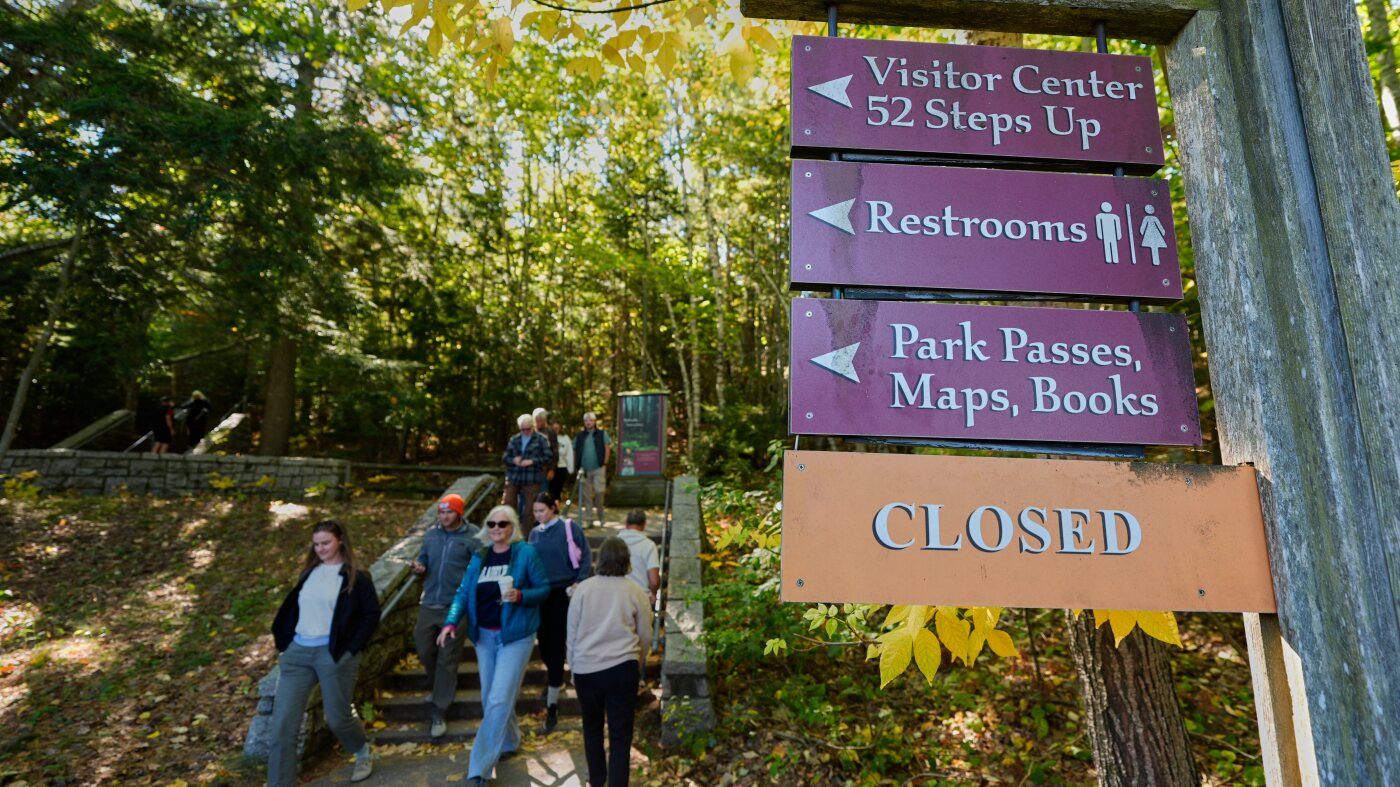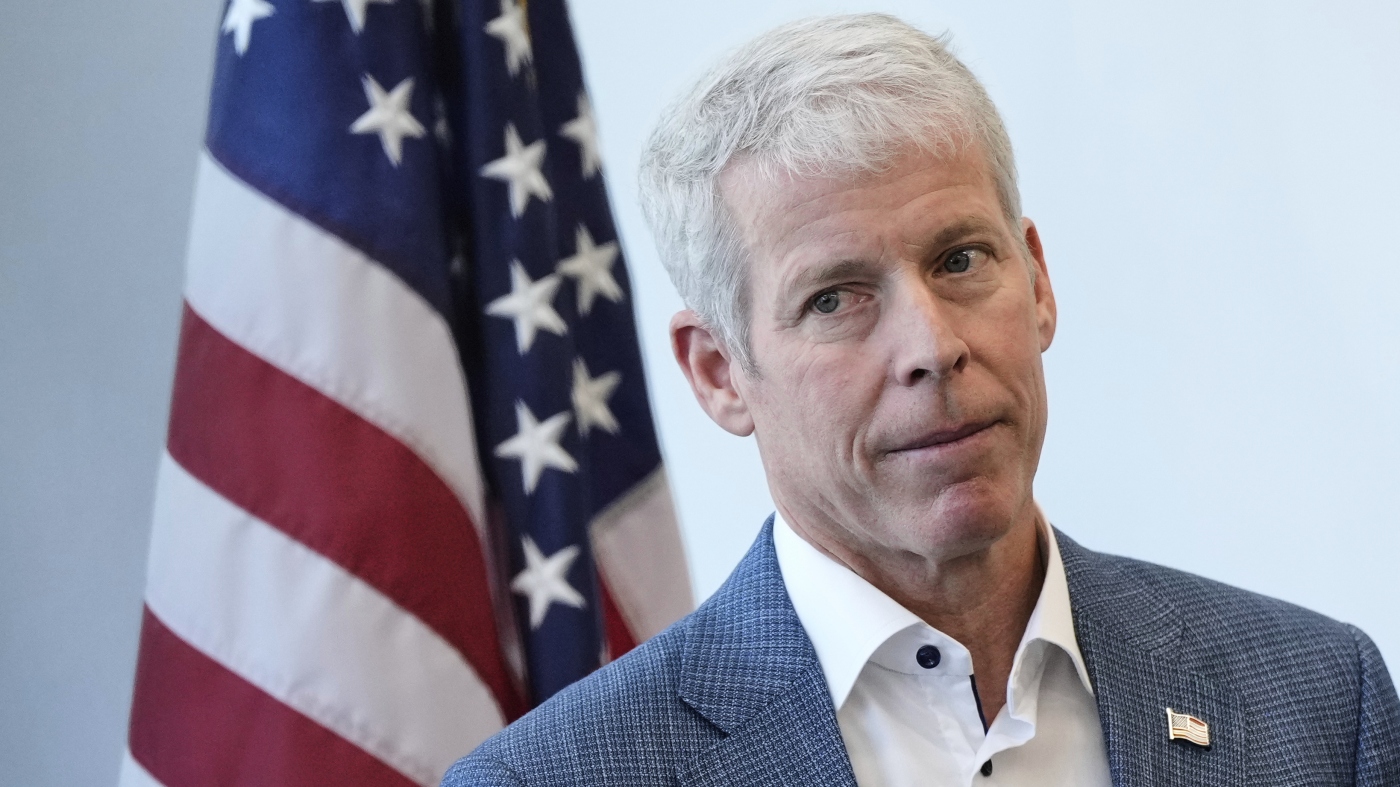
As Congress remains deadlocked on funding for government operations, national parks across the country are feeling the strain. With the federal government shutdown now entering its fourth day, the National Park Service (NPS) has been forced to halt operations in many locations, leaving visitors scrambling for clarity on accessibility and services.
The shutdown has led to widespread park closures, reduced staffing, and an increased reliance on outside donations to keep essential operations running. Many parkgoers are finding themselves confused by the lack of a cohesive plan from the government, with unclear information regarding which parks remain open and what services are still available.
A notice on the NPS website reassures the public that “national parks remain as accessible as possible during the federal government shutdown.” However, it also acknowledges that “some services may be limited or unavailable.” Visitors are directed to a contingency plan detailing how funds would be managed during the shutdown, but the plan indicates that while park roads, lookouts, and trails will usually remain accessible, regular updates on road and trail conditions will not be provided.
As part of the shutdown protocol, park staff will post signs advising visitors of the reduced services, which could include limited maintenance and emergency services. In some parks that charge entrance fees, basic services such as restroom maintenance and trash collection will still be provided, but other facilities might see a complete lack of service, leading to a potentially unpleasant experience for visitors.
While the NPS did not respond to inquiries regarding the shutdown, some states have decided to take matters into their own hands to ensure that their parks remain open. States like West Virginia, Utah, and Hawaii have managed to secure funding and donations to keep operations running, as reported by National Parks Traveler. This grassroots effort highlights the commitment of local communities to preserve access to natural treasures during these turbulent times.
Unfortunately, not all visitors are experiencing the same fortune. For example, Kathy Ten Eyck traveled from Utica, New York, to visit the stunning dunes of White Sands National Park in New Mexico, only to find the site closed. “I just couldn’t wait — could not wait to get here,” she lamented, sharing how she learned of the closure while stopping at a nearby shop. Similarly, Kathy Theriot drove over five hours from Taos, New Mexico, with her children, only to be met with disappointment at the park’s closure. “I’ve been waiting 10 years to show my kids White Sands, and the day we come it’s closed, which is very disappointing,” she said, expressing frustration at the inaction of elected officials.
Alongside the inconvenience to visitors, the ongoing shutdown brings forth serious concerns about safety and vandalism in national parks. With limited staffing, parks like Big Bend and Padre Island National Seashore in Texas will remain open but without adequate personnel to oversee critical services. Past experiences during government shutdowns have shown that a lack of oversight can lead to significant damage; for instance, during a previous shutdown, Big Bend saw an ancient rock vandalized due to insufficient staff.
Advocates for the parks are urging that those locations with reduced staffing should be closed until federal funding is restored. Stephanie Kurose, deputy director of government affairs at the Center for Biological Diversity, strongly criticized the decision to keep parks open under these circumstances. “Keeping our national parks open after Trump and Republicans forced a government shutdown is stupid, short-sighted and incredibly dangerous,” she stated in a recent press release. Highlighting the potential for irreparable harm, she warned that vandalism, trash, and human waste could tarnish these natural treasures.
The National Parks Conservation Association (NPCA) has echoed this sentiment, calling for park closures to protect both the environment and visitors. NPCA president and CEO Theresa Pierno articulated the dangers of the current situation, stating, “The government has shut down, and the administration is once again putting our national parks and visitors at risk, effectively directing staff to open park gates and walk away. It’s not just irresponsible; it’s dangerous.”
The ramifications of this shutdown are reminiscent of the previous one in late 2018, which lasted a record 35 days. That shutdown resulted in significant damage to many national parks, including California’s Joshua Tree, where illegal activities such as tree cutting and road digging were reported.
As the shutdown continues, the fate of our national parks hangs in the balance, caught in a political struggle that threatens not only the natural beauty of these cherished sites but also the safety and enjoyment of those who seek to experience them.


